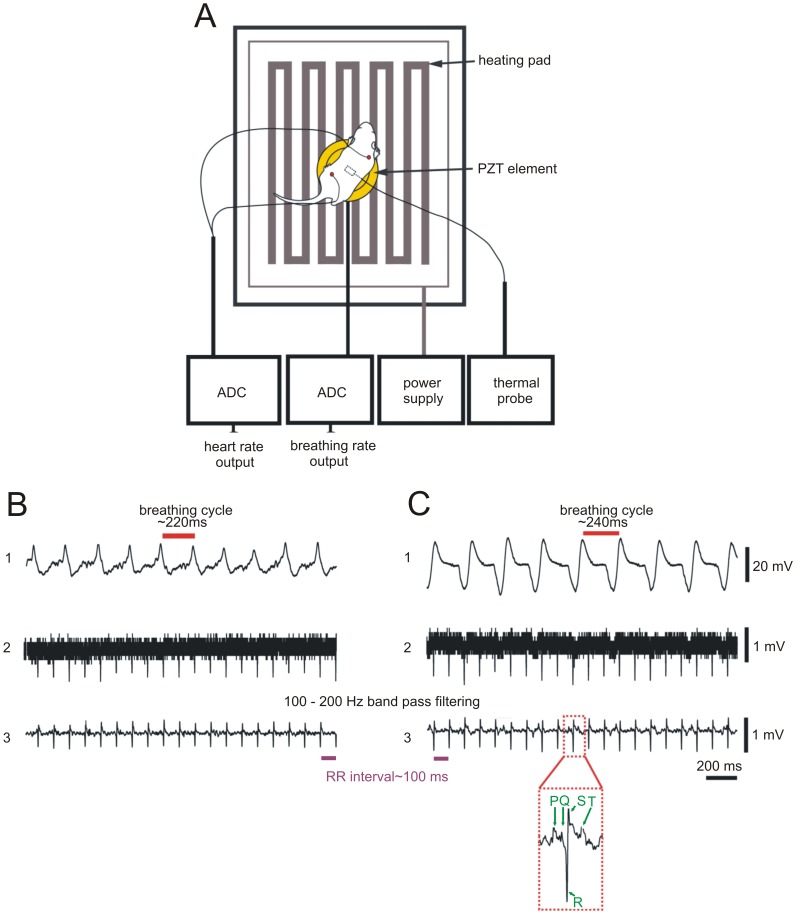Figure 1. Monitoring setup, ECG and breathing detection.
Rodents were placed on a temperature monitored heating pad and connected to ECG electrodes. A thermal probe was used to control the body temperature of the animal. Data of heart and breathing rates were collected with analog digital converters (ADC, A). Recordings from an awake P7 mouse showing a raw data trace of breathing movements including breathing cycle duration (B, trace 1). Heart rate recordings in awake animals (raw data: B, trace 2) were filtered at 10–200 Hz band pass which allowed identification of QRS complexes (B, trace 3). Effect of urethane on breathing and heart rate in representative recordings of the same animal 30–60 minutes after urethane administration (C). Note the different pattern of the PZT signal (C, trace 1) in comparison with the awake state in B trace 1. After filtering the ECG raw data (C, trace 2) in some recordings beside QRS complexes P and T waves could be identified (C, trace 3 inset).

